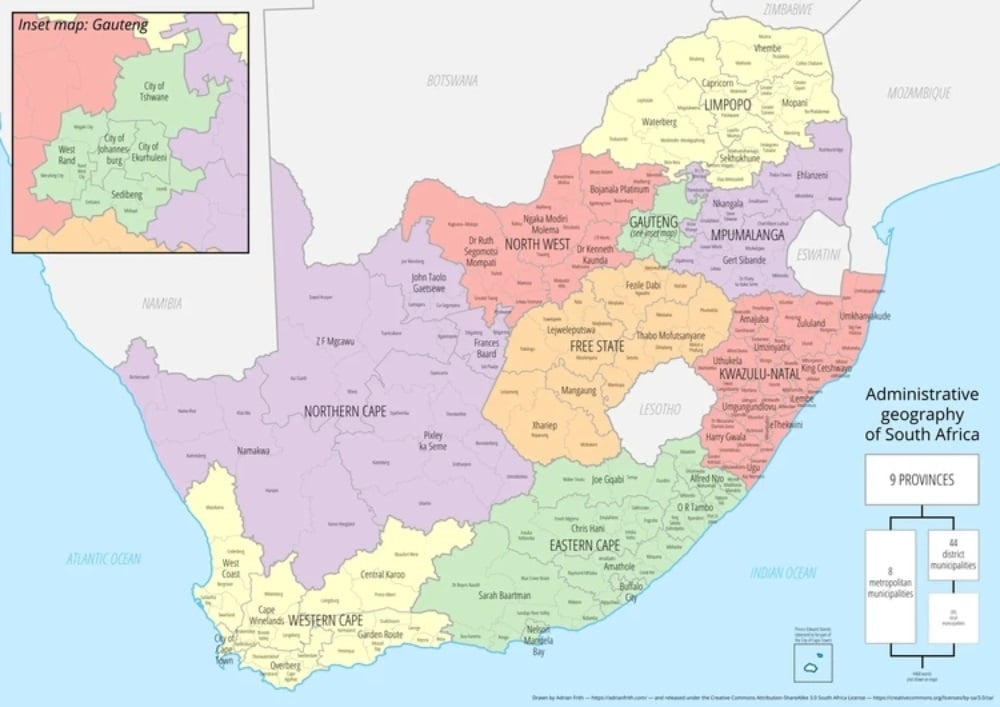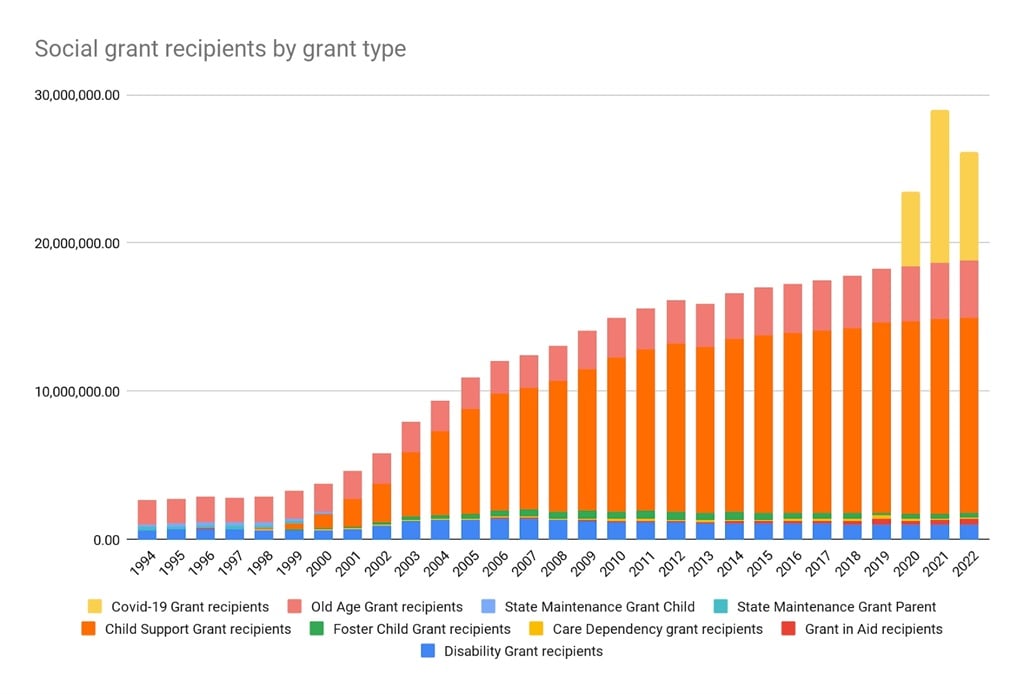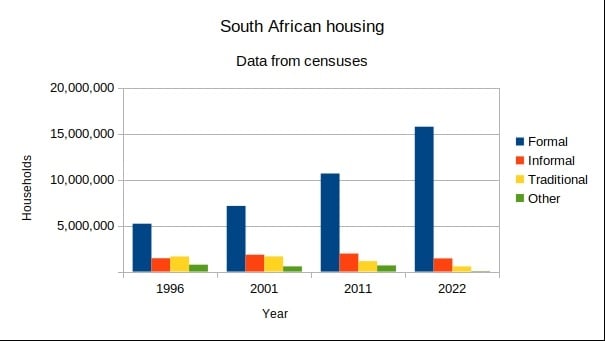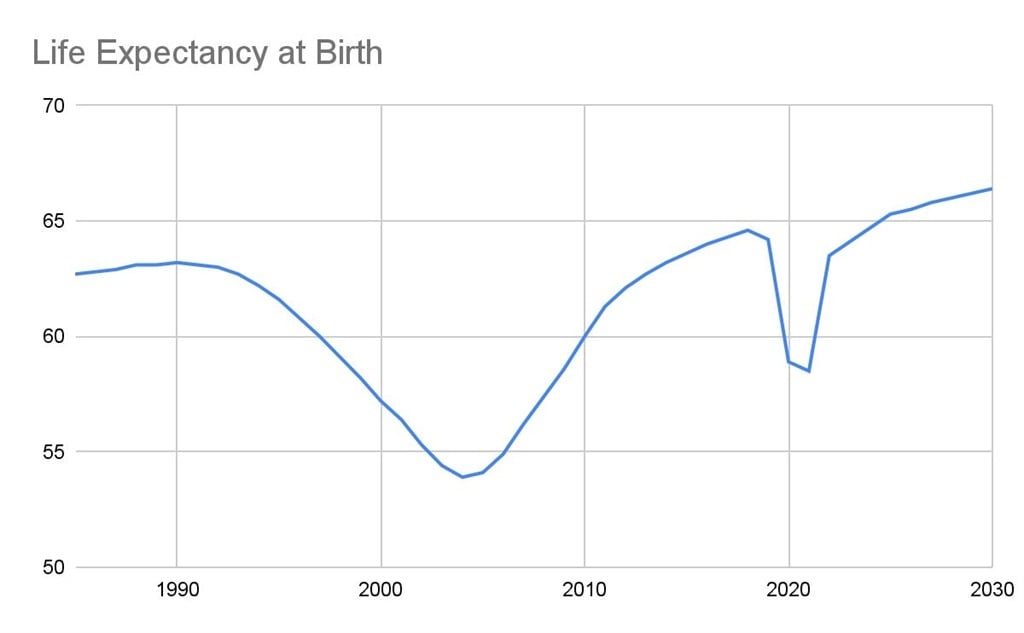
Ahead of the 2024 election, GroundUp examined how South Africa has done on several necessary measures over the past few decades.
Misha Jordaan/Gallo Images
- GroundUp analysed how South Africa has fared across key social and economic issues since democracy – including murder, unemployment, and housing.
- Murder and crime have steadily increased over the last decade.
- Unemployment remains a prominent systemic issue, impacting the demand for social grants.
Ahead of the 2024 election, GroundUp examined how South Africa has done on several important measures over the past few decades. They looked at the following topics
Murder and crime
Crime consistently ranks as one of the two major concerns of South Africans, along with unemployment. But other than murder, crime rates are hard to measure because many crimes go unreported.
Murder is both the most serious and best measured crime. It’s a proxy for how we’re doing on crime generally. Unfortunately the country is regressing.
From 1995 until about a decade ago, South Africa was making headway. The murder rate was dropping. But for the past decade it has steadily got worse.
Unemployment
Our chronic, most pressing problem that we have failed to fix is unemployment.
Social grants
In the face of massive unemployment, the social grant system helps millions of people in South Africa survive. Without it, the country would be plunged into chaos. The following graph shows how the number of grant recipients has increased since democracy.
Housing
The Reconstruction and Development Programme of the ANC in 1994 was its flagship programme and promised to provide everyone with houses. While much progress was made, there is still a long way to go. We found that the quality of data was unexpectedly poor, especially the 2022 census that was published this year.
HIV and life-expectancy
We examined how antiretroviral treatment has reversed the country’s decline in life-expectancy. The following graph of South Africa’s change in life-expectancy since the late 1980s, and projected to 2030, is quite extraordinary.
One would be hard-pressed to find a country in the world with life-expectancy as volatile as this. The first dip was due to the HIV epidemic. The second, much shorter one, was due to Covid. The good news is that life-expectancy appears to be on a sustained upward trajectory.












Recent Comments